04 Jul Disclosure of Statements to the Other Party
If a person involved in an accident gives a statement to their insurance adjuster, the other party involved in the accident will likely want a copy of it. Sometimes that person is obligated to provide it to the other party, and sometimes they are not. Whether or not a statement has to be shared with the other side depends on if it is protected by litigation privilege.
In the case of Warnberg v. Fletcher, 2016 BCSC 918, the Plaintiff alleged he was skiing in the Okanagan when a snowboarder ran into him. He suffered serious injuries as a result. Shortly after the accident, the Defendant snowboarder provided a written statement to his insurance adjuster. The Plaintiff applied for production of the written statement but the Defendant resisted, asserting litigation privilege over the statement.
The legal test for production of such a statement is (1) was there a reasonable prospect of litigation at the time the document was produced; and (2) was litigation the dominant purpose for its production.
The Plaintiff conceded the first part of the test, namely that there was a reasonable prospect of litigation. The Court noted that this concession made sense because the Plaintiff had already retained counsel who had been in contact with the Defendant’s insurer, liability was clearly going to be an issue and the Plaintiff’s claim had the potential to be a significant one.
The focus of the Plaintiff’s application was therefore whether the Defendant has established that the dominant purpose for the creation of the Defendant’s statement was litigation. This inquiry was a factual one that turned on the circumstances and the context of the case. Since the Defendant was asserting privilege over the statement, the onus was on him to establish that litigation was the dominant purpose.
The Court discussed that if a document was created for a dual purpose, such as to find out the cause of the accident on the one hand and to furnish information to defence counsel on the other, the document was not privileged because it had not then been created wholly or mainly for the purposes of litigation.
The Defendant conceded that that the initial work conducted by the adjuster up to a certain date was at the investigative stage, so the Defendant needed to establish that something changed after that date but before the Defendant’s statement was prepared. The Court held that there was no evidentiary basis to conclude that the case had moved to the litigation stage of the continuum during the intervening time period.
Since the Court found that the Defendant has not met the onus of establishing that the statement was made for the dominant purpose of litigation, the statement had to be disclosed to the Plaintiff.


